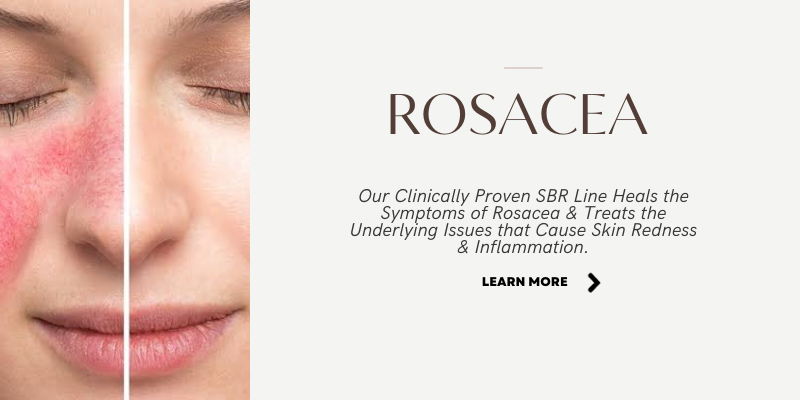Terms like ‘Eco-friendly’, ‘Natural’ or ‘Organic’ are trendy buzzwords of the corporate greenwashing industry. However.. remember to never judge a book by its cover!
Any ethical company cares deeply about long-term results and lack of side-effects regarding the products they make and had an in-depth vision about the quality and efficacy of the products/formulas they craft. If you are planning to switch over to truly ‘natural’ #CleanBeauty and make sustainable beauty choices, here are a few ways to help you identify misleading claims on products:
What is Greenwashing?
‘Greenwashing (Angel Dusting or Green Sheen) in Skin Care is an illusionary marketing spin to convince customers that a product is more environmentally friendly than it actually is.’
Paired with ineffective regulation, most corporate products with these ‘green labels’ contain less than 10% of the ingredients that are truly sustainable/eco-friendly.
Greenwashing helps the company to improve its image and increase sales, but this comes at the of time, money and mistrust of the industry in general, not to mention the well-being of their consumers and the environment. The major portion of these products is compromised of toxic/synthetic/man-made chemicals that not only affect our skin, hair and health, but also the soil, oceans/marine life and air quality.
How to Spot Greenwashing in Beauty Products
When in doubt, look for these four indicators of greenwashing in skin, hair and personal care products:
1. Ideal Imagery
Tempted by the packaging of a product? Most beauty products are packaged to catch the viewer’s eyes and stand out from the crowded department store shelves. However, if you’re eco-conscious, you need to focus on what’s written on the labels rather than the design or (highly paid) ‘celebrity endorsement’.
When looking for clean products, develop insight on the brand or companies sustainable efforts, the actual ingredient list and what these ingredients indicate vs, ‘brand value’? (Have you fallen victim to a very expensive, celebrity hyped ‘magic potion’? Don’t worry, you’re not alone!) Unverified or third-party claims are not trustworthy, and shouldn’t be relied upon or factored into your decision.
2. Selective Transparency
Advertising positive information about products and not disclosing the negatives show selective/lack of transparency by the company.
For example, many products will be marketed with a certain highlighted natural ingredient, however, their concentrations may be as low as 1% (too low to create any effective difference) in the formula. The rest of the product (about 90-99%) consists of toxic chemical/synthetic compounds, shelf-life stabilizers, artificial fragrances and color additives.
3. ‘The Lesser of the Two-Evils’
Have you recently shopped for shampoos and moisturizers that claim to be completely Sulfate-Free or Paraben-Free, only to find names on the ingredient panel such as Cocamidopropyl betaine, Sodium Cocoyl Glycinate, Disodium / Sodium Cocoyl Glutamate, Decyl glucoside, and Lauryl glucoside, etc. on the back label? While these ingredients are considered “milder” than Sulfates (SLS/SLES) and Parabens, they are no-less synthetic. These ingredients are equally irritate and damage the skin in the long run.
4. Meaningless Eco-lingos
While Eco-lingos were actually created for a purpose, today, these words have become too generic. The most frequently used green-marketing terms include: Eco-friendly, Environmentally friendly, Green, Non-toxic, Natural, Pure, Organic, Save the Earth!, Sustainable, Biodegradable, Cruelty-free, Not Tested on Animals, etc.
For genuine nature-based, yet truly effective products, research on the company’s website, and learn about their carbon foot and read their mission statement, check the FAQs section, e-mail the company and ask questions. Also, follow a Minimalist Beauty Regimen to lower your footprint, while making cost and result effective choices.




